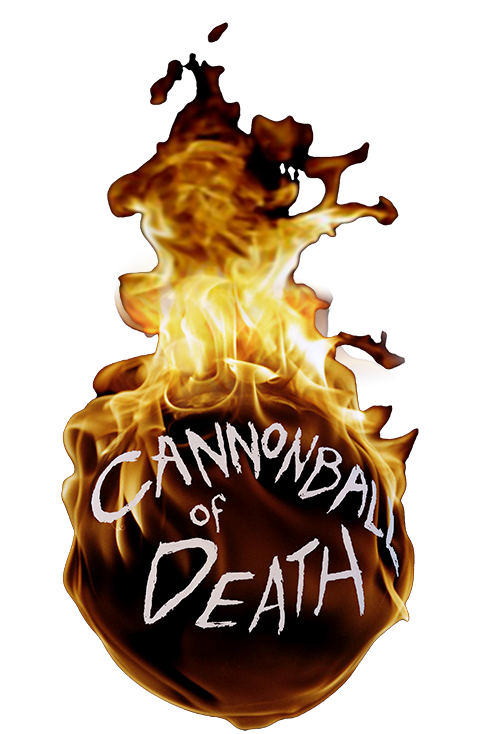ANTI-WAVE manifesto:
In the years immediately after World War II, filmmakers began to re-imagine the Western genre. In the pre-war years, the hero was dressed in white, rode into town to defeat the bad guy, and always saved the beautiful damsel in distress. But the war had a profound effect on filmmakers who had seen a world of violence in the war. To reflect this, they began to buck the structures of the typical Western and inserted the anti-hero into the storylines. These new films were an effort to show the complex moralities and layers of humanity. They were often called anti-Westerns.
Similarly, the filmmakers of 30-Love were interested in adding that same complexity to the anti-sports film. Many of the conventions of a sports film became contrived and formulaic. We have all seen the plot of the reluctant alcoholic coach who must bring the ne’er-do-well misfit team of flunkies to the state finals. But, just like the forerunners of the anti-Western, 30-Love seeks to create a change within the sports genre and rethink the tired recycled plots. Anti-sports films could revolutionize the sports genre in the way the anti-Western did for the traditional Gene Autry-type Westerns.
Moreover, it is the goal of the producers of 30-Love to inspire an anti-wave motivations throughout the film industry. The idea of an anti-action; anti-sci-fi; or even anti-horror films are appealing. One might even argue that some filmmakers have already begun this trend. Films such as Like Crazy serve as an example of anti-romance.
More than just a buzzword, anti-wave is a film movement that comes at an ideal time. The world of cinema has been lacking a creative movement. Textbooks that cover the history of cinema detail the movements of Neo-Realism and French New Wave. But they all too often simply stop after the Hollywood blockbusters of the 1970s, leaving one to wonder what happened to films in the past 40 years. If these cinema history books do continue to describe the latest film trends, it is a brief few paragraphs covering the digital movement in broad strokes, focusing on the technological hardware and rarely touching on modern film content.
Anti-wave is an opportunity to reimagine the way we construct genre films. While the digital age has allowed more filmmakers to create high production quality films, it has spiritually strangled those filmmakers who are doomed to remake the films they love. As it becomes easier for filmmakers to physically make a film, it becomes harder to resist the urge of recycling or recreating films like The Bad News Bears. Anti-wave offers a lens through which filmmakers, capable of producing quality films, can use more unique and original structures in their approach to genre-related films.
Moreover, this challenge can be done regardless of budget. Anti-wave is a response to structuralism, which is itself a set of analysis standards. By understanding the underlying structures and actively rejecting them in favor of something more unique, the filmmaker creates a more thought-provoking storyline. By distancing ourselves from established structures, a wealth of new plot devices provide opportunities to move our stories forward and inspire a new generation of storytellers. What’s more, the anti-wave movement offers a vehicle to incorporate nuance and complexity into filmmakers’ plots.
The filmmakers of 30-Love hope to inspire other storytellers to adopt these anti-structures as a device for their own voice. Not all structures can be bucked, but by introducing the option to buck many of the trends and expectations of audiences, the art of cinema will find new life with richer stories and memories. Simply put: if we refuse to expand out perspective beyond conventional structures, we are doomed to repeat the stories of the past.
Robert Cannon
October 20, 2014 (updated August 20, 2017)
